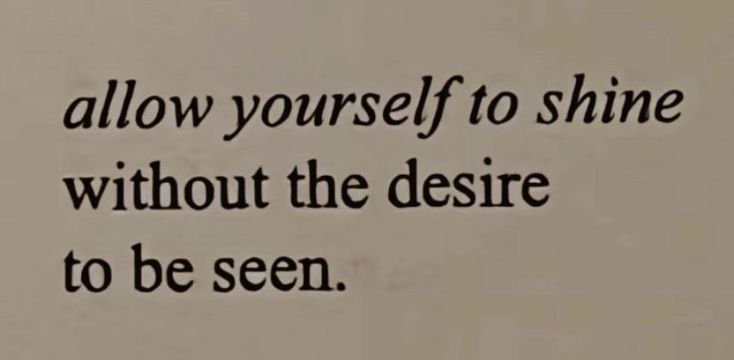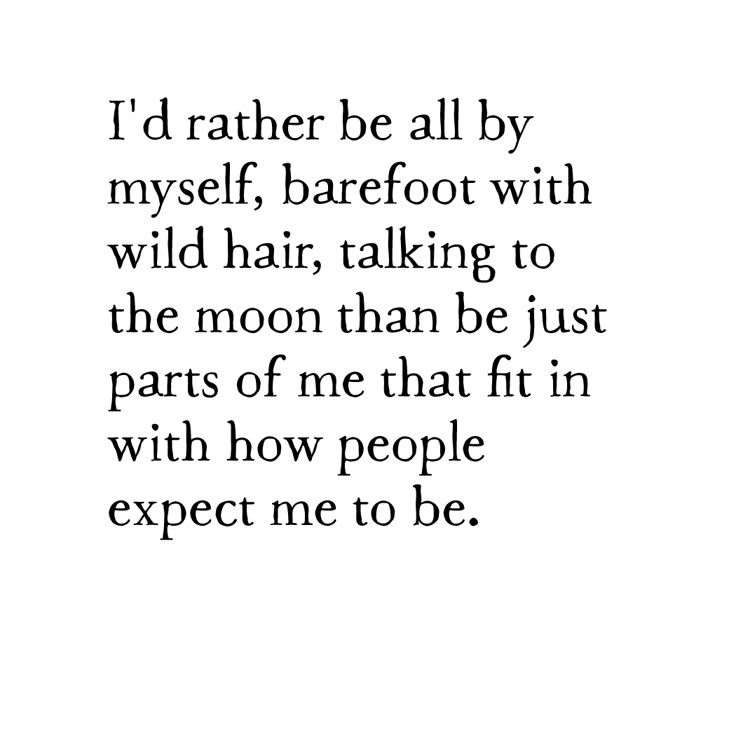When Will My *Online* Reflection Show Who I Am Inside?
- Anna Redd
- Feb 27
- 3 min read
The Emphasis on Physical Attractiveness

Physical appearance is a huge focus on social media and dating apps. A lot of this comes from people wanting to put their best selves out there. Whether it’s for more likes and engagement, validation, or just to maintain a their digital footprint. The Freakonomics Radio podcast, “What You Don’t Know About Online Dating,” points out that looks matter a lot in online dating (Dubner, 2014). Because of this, people who don’t feel conventionally attractive may change or exaggerate their profiles to seem more desirable. This pattern plays into a bigger trend where appearances shape how people interact online and how they’re perceived by others.
My Personal Experiences

I’ve definitely noticed this in my own experience with social media and dating apps. People, myself included, put a lot of thought, and possibly over-thought, into curating their profiles to meet beauty standards. This has made me hesitant to even create a dating profile because I worry it won’t fully represent me. The article “Young Women’s Conceptualization and Self-Representation in Online Dating” talks about this struggle; how people want to be both attractive and authentic but feel pressure to choose one over the other (Couch & Liamputtong, 2008). I’ve found myself stressing over whether my photos are “good enough” and if they align with what’s considered attractive and "acceptable" by today's norms. This back-and-forth highlights the challenge of balancing being accurate and authentic while still trying to be desirable.
The Tension Between Authenticity and Self-Presentation

When setting up a dating profile, I struggle with wanting to be genuine while also wanting to present myself in a way that's "acceptable" by social norms. I also ran an experiment where I had friends pick out the best photos for my profile. Unsurprisingly, the ones they chose matched what “What Are You Doing on Tinder?” describes-- the photos that did well on social media were also seen as the most appealing for dating apps (Lutz & Ranzini, 2017). This made me wonder why I feel the need to maintain the same idealized image on dating apps as well. Shouldn’t my dating profile reflect a more personal, real side of me, the side I'd want a significant other to connect with? Cue Reflection from Mulan: “When will my reflection show who I am inside?” That’s the real challenge-- balancing who we are with how we present ourselves to the world.
This tension is something I think about often, especially as a member of Delta Phi Epsilon, whose motto is Esse Quam Videri or “To be, rather than to seem to be.” It’s a constant reminder to prioritize authenticity over appearances, but that’s much easier said than done in a digital world where curated images are the norm. If I truly want to embody this value, I have to push past the pressure to look perfect and instead focus on showing my real self, even in online spaces.
Navigating Self-Presentation in Online Dating
To manage this balance, I try to choose photos that feel like “me” but still keep in mind how they might come across to others. The “What Are You Doing on Tinder?” article talks about how people strategically select images that show them in the best light without being too misleading (Lutz & Ranzini, 2017). Similarly, “Young Women’s Conceptualization and Self-Representation in Online Dating” explores how users try to be both appealing and authentic (Couch & Liamputtong, 2008). I find myself doing the same. Picking pictures that show different sides of me, like hobbies or candid moments, rather than heavily edited or staged photos. This helps take off some of the pressure to look “perfect” while still showing off some of my best looks.

At the end of the day, balancing authenticity and desirability in online dating and social media is tough. There’s always pressure to present a polished or "perfect" version of yourself, but there’s also something valuable about showing up as your real self. A lot of people hesitate to share their quirks or “less attractive” sides, but those things can actually be what makes someone interesting. The more we acknowledge this tension and try to be honest about who we are, the better our chances of making real, meaningful connections—both online and in person. After all, Esse Quam Videri means embracing our true selves, even when it’s easier to just seem like we have it all together.
References
Couch, D., & Liamputtong, P. (2008). Young women’s conceptualization and self-representation in online dating. Journal of Youth Studies, 11(6), 599-606.
Dubner, S. J. (2014). What You Don’t Know About Online Dating [Audio podcast episode]. Freakonomics Radio.
Lutz, C., & Ranzini, G. (2017). What Are You Doing on Tinder? Impression management on a matchmaking mobile app. Information, Communication & Society, 20(3), 171-187.




Hi Anna!
I really want to first say and point out that I love how you are tied up in your sobriety house and what they say. I think that is a great line of connection and how it can be troubling for those who believe that they have to fall into society standards. It is a hard life to balance to try and post yourself online and try to 1) fit into “standards and 2) try to show your most authentic self. I find it easier for me to do that by simply going “do i like this picture?” and if I do? I post it, I think that helps me make myself more authentic. In a world where…
Hi Anna,
I like the two quotes in your blog! I also put a lot of thought into the photos I post, its hard to keep up with the beauty standards. I think quirks are what make people more attractive. If we where all the same the world would be boring. It's fun finding out new things about people. I've been liked and disliked for my quirky side but all that matters is that the people in my circle love me for me. I don't want to change who or how I act to fit in. I. don't think anyone should have too change or hide themselves to fit in.